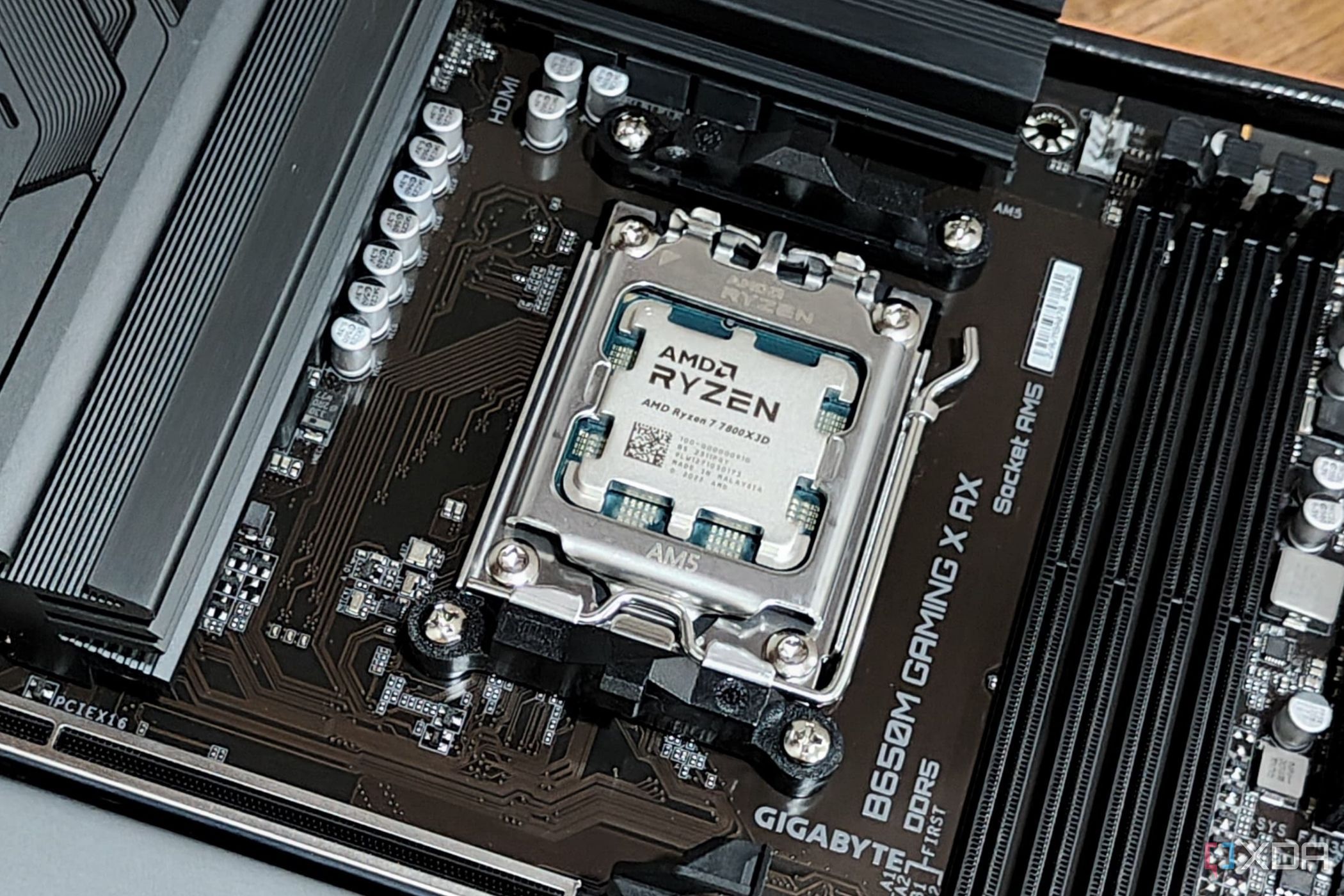Top Stories
Urgent Alert: Your Motherboard May Overvolt CPU, Check Now!

URGENT UPDATE: A critical warning has emerged for PC users: many motherboards may be automatically overvolting CPUs, risking damage and instability. This alarming discovery highlights the need for immediate action to check and adjust your BIOS settings.
Recent reports reveal that modern motherboards often come with factory-set overclocking features enabled by default. These settings, designed to enhance CPU performance, can lead to increased power draw, higher temperatures, and accelerated degradation of your processor, potentially shortening its lifespan.
Experts warn that users may unknowingly be running their CPUs beyond manufacturer-recommended specifications, leading to serious performance issues. This is particularly concerning for those relying on the default settings provided by motherboard manufacturers, which may not be as reliable as previously assumed.
The core issue lies in features such as MultiCore Enhancement on Intel systems and Precision Boost Overdrive on AMD Ryzen processors. These settings can push CPUs to maximum boost frequencies, creating a transparency problem. Most users are unaware these settings are enabled, leading to confusion when benchmarking performance and possibly blaming their cooling solutions when the real culprit lies within the BIOS.
This situation has prompted action from companies like ASUS, which has recently addressed user concerns regarding MultiCore Enhancement for its Z790, H770, and B760 motherboards. ASUS has introduced a new BIOS update that implements a 90°C thermal cap to mitigate CPU overheating. However, users must manually update their BIOS to benefit from these crucial changes.
How to Check Your CPU’s Voltage:
It is essential for users to verify whether their CPU is being overvolted due to auto-overclocking settings. Follow these steps to ensure your system’s stability:
1. Restart your PC and hold down the BIOS access key during startup (Del, F2, F10, or Esc, depending on your motherboard).
2. Enter the BIOS interface and switch to Advanced Mode to access all performance options.
3. Navigate to sections labeled AI Tweaker, Overclocking, or CPU Frequency.
4. Look for settings like MultiCore Enhancement, Core Performance Boost, or Precision Boost Overdrive—disable them if they are enabled by default.
5. Save your changes and exit the BIOS, allowing your system to reboot with the new configuration.
It is crucial to approach these settings with caution. Users who notice unusual behavior while benchmarking their systems should investigate their BIOS settings, as elevated voltages can lead to increased operating temperatures, potentially damaging the CPU over time.
This situation underscores the importance of user awareness regarding motherboard settings. While features like Precision Boost Overdrive can enhance performance during CPU-intensive tasks, keeping them enabled constantly may lead to detrimental effects on your CPU’s longevity.
As of September 2023, PC users are urged to take immediate action to prevent potential hardware damage. Stay informed and ensure your system is running optimally by checking your BIOS settings today. Share this urgent alert to help others protect their CPUs from unnecessary risks!
-

 Science2 weeks ago
Science2 weeks agoIROS 2025 to Showcase Cutting-Edge Robotics Innovations in China
-

 Politics2 weeks ago
Politics2 weeks agoJudge Considers Dismissal of Chelsea Housing Case Citing AI Flaws
-

 World2 weeks ago
World2 weeks agoBravo Company Veterans Honored with Bronze Medals After 56 Years
-

 Lifestyle2 weeks ago
Lifestyle2 weeks agoStone Island’s Logo Worn by Extremists Sparks Brand Dilemma
-

 Top Stories2 weeks ago
Top Stories2 weeks agoIndonesia Suspends 27,000 Bank Accounts in Online Gambling Crackdown
-

 Health2 weeks ago
Health2 weeks agoStartup Liberate Bio Secures $31 Million for Next-Gen Therapies
-

 Sports2 weeks ago
Sports2 weeks agoMel Kiper Jr. Reveals Top 25 Prospects for 2026 NFL Draft
-

 Health2 weeks ago
Health2 weeks agoTop Hyaluronic Acid Serums for Radiant Skin in 2025
-

 World2 weeks ago
World2 weeks agoHoneywell Predicts Record Demand for Business Jets Over Next Decade
-

 Politics2 weeks ago
Politics2 weeks agoNew Jersey Voters Urged to Register Ahead of November Election
-

 Lifestyle2 weeks ago
Lifestyle2 weeks agoMary Morgan Jackson Crowned Little Miss National Peanut Festival 2025
-

 Sports2 weeks ago
Sports2 weeks agoYamamoto’s Mastery Leads Dodgers to 5-1 Victory in NLCS Game 2







